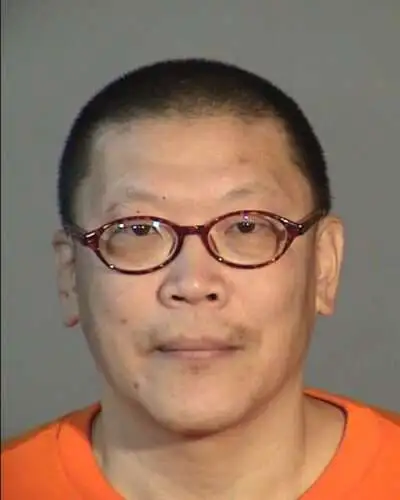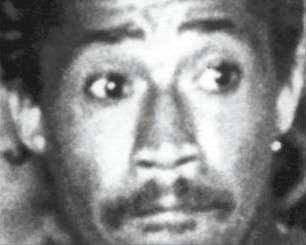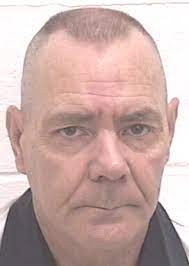John Brown Executed For Omer Laughlin Murder
John Brown was executed by the State of Louisiana for the murder of Omer Laughlin
According to court documents John Brown would mug Omer Laughlin on the streets of New Orleans and would fatally stab the man to death
John Brown would be arrested, convicted and sentenced to death
John Brown would be executed by lethal injection on April 24 1997
John Brown was featured on the prison documentary “The Farm: Angola USA”
John Brown Photos

John Brown Case
The state established the following facts through the evidence it presented at the trial. On the night of the murder, Mr. Laughlin and his wife had eaten dinner at a restaurant near the corner of Dauphine and Touro Streets in New Orleans. At approximately 11:45 p.m., they left the restaurant and began walking to their car, which was located about a block away. The defendant exited a nearby vehicle and confronted the Laughlins. He pinned them against their car, and demanded money from Mr. Laughlin. Mrs. Laughlin screamed and ran back toward the restaurant. When she returned to the scene a short time later, her husband was dead. According to a New Orleans police officer who had arrived at the location, the victim was found lying “face down in the street, bleeding profusely.” An autopsy later revealed that Mr. Laughlin had been stabbed thirteen times.
Mrs. Laughlin provided the police with a description of the perpetrator and the vehicle which she had seen him get out of prior to the attack. She also told police that a woman with dark hair had been driving that car.
Sgt. James Scott of the New Orleans Police Department was stopped at a traffic light on Franklin Avenue when he heard the description of the crime and the suspect being broadcast over the police radio. He looked to his left and saw defendant sitting in a vehicle that matched the description given by the victim’s wife. There was a female at the wheel of the car. Defendant’s vehicle pulled into a nearby service station, and Sgt. Scott followed, believing that the occupants of the car might be the suspects being sought. The officer watched as the woman put gasoline in the car while defendant walked over to a water hose and began washing his hands. Defendant then re-entered the car.
Sgt. Scott approached the vehicle and ordered the defendant to step out and place his hands on the hood of the car. When Brown did so, the police officer observed scratches, marks and droplets of blood on Brown’s forearms. He also observed blood between defendant’s toes, which were visible through the sandals that he was wearing. In plain view on the floor of the car was a New Orleans shopper’s card which belonged to the victim.
Defendant was arrested and taken into custody. A search of the vehicle pursuant to routine police procedure yielded Mr. Laughlin’s wallet. A second search pursuant to a properly secured warrant led to the discovery of a Bowie knife which had been concealed underneath the front seat of the car on the passenger side. Mrs. Laughlin positively identified Brown from lineup photographs as the man who had attacked her husband.
Anna Hardeman, the driver of the vehicle in which Brown was riding at the time of his arrest, was also indicted for first degree murder. Although she was originally charged in the same bill of indictment *103 that named Brown as a defendant, the prosecution severed the charges against her on the date that the case was called to trial, and announced that she would be tried separately. Shortly after Brown was convicted and sentenced to death, Hardeman pled guilty to the amended charge of accessory after the fact to first degree murder, and was sentenced to five years imprisonment at hard labor.
https://law.justia.com/cases/louisiana/supreme-court/1987/86-ka-1941-1.html






